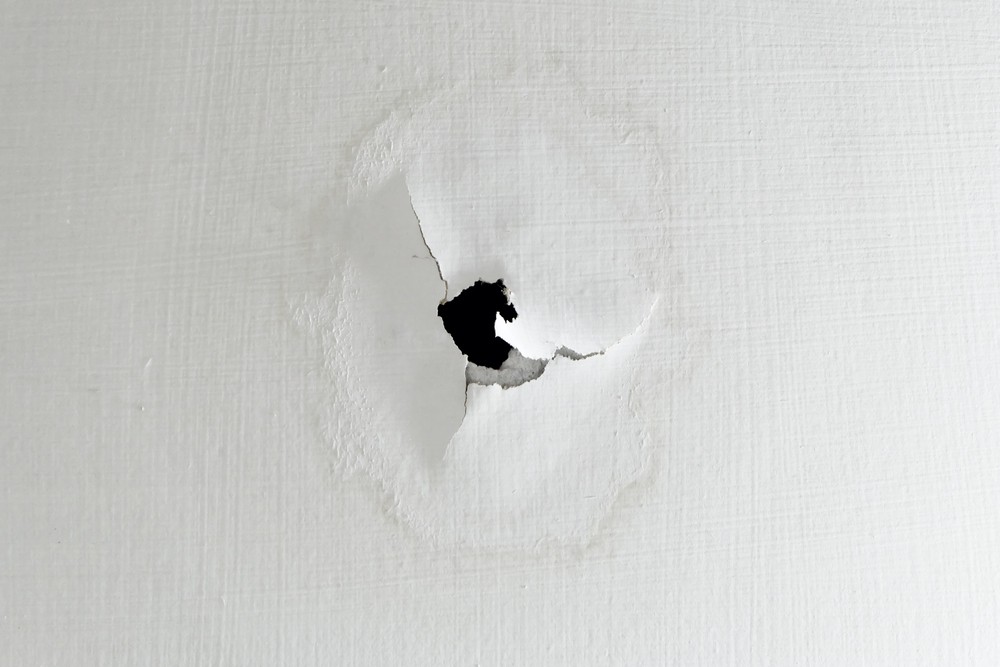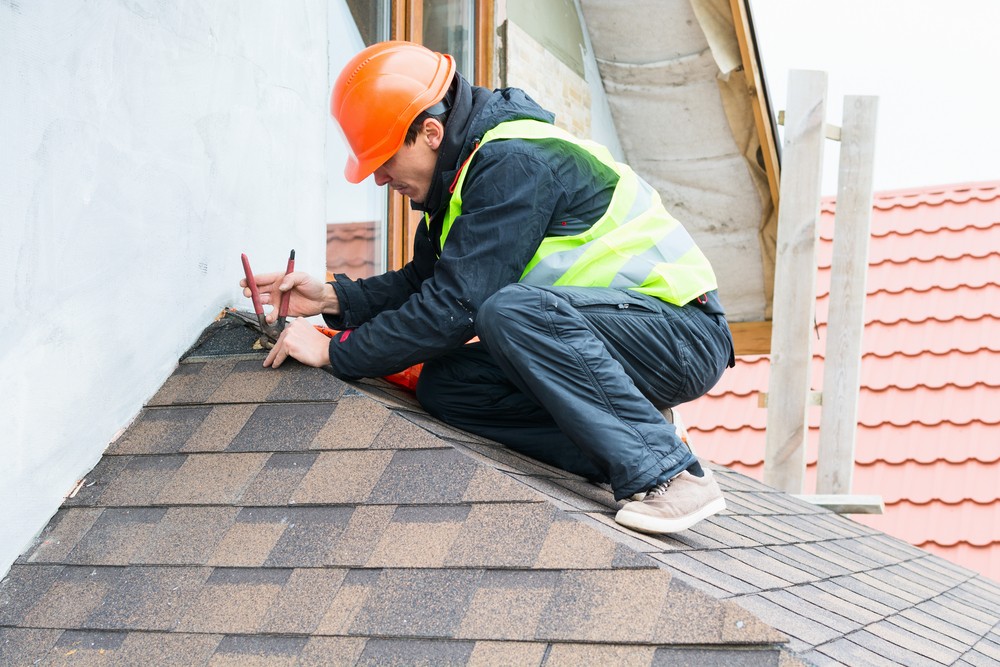You’ve Got A Leaky Roof…Now What?
Nov 23, 2016
The weather doesn’t always cooperate and neither does your roof…. Come on, roof, you had ONE job! As frustrating as a leak in your roof might be, it’s best to take care of the problem right away. Unless of course you think the bucket in your living room makes a great center piece.
MEDIC!
Your first step is to prevent the water damage from spreading. By now, your fashionable bucket should be catching the water drips. Move any furniture that could be in the path or cover it with plastic. The room is now a hazardous area.
When it comes to controlling the drip, you can use the same method you would use outside (probably with a length of chain). Attach a piece of string to the ceiling, running it down to the bucket. The water will run down the string instead of dripping into the bucket and making that annoying sound.
From below, inspect the ceiling where the drip is occurring. Look for discolored and bulged drywall. If it looks to be failing, or the paint is bubbling, that means water is most likely pooling above the leak.
Take something thin and sharp and puncture a hole. This area will most likely need to be patched anyway, as making a small hole will help prevent a significantly bigger hole from developing or, even worse, a catastrophic failure.
Importantly, if you’re seeing interior damage, it’s probably time to call a Miami roofing expert and contact your insurance company.
Locate the Leak

If you’re a DIY-er, this next step is for you. If you’re not, it’s time to call for the cavalry and let the professionals handle it. Missteps can not only be dangerous and/or cause more damage, but they can also cause problems with your insurance company.
If you’re ready to have a look yourself, a few considerations are in order. If the weather is still poor or the roof is still wet, don’t attempt to go up there. Instead, if you have an attic, carefully make your way up there.
I urge caution. If you have a leak that’s making it into the interior of your home, then parts of the ceiling and roof are most likely weakened. Pay careful attention to where you step. Calling in a roofing expert is always advised.
Try to locate the source of the leak. It might not be directly above the interior leak. Water has a way of crawling to low and weak areas, down the trusses and across beams until it finds a path that offers little resistance. Leaks usually show up downrange from where they originate.
The source could be a single shingle, deteriorated pipe flashing, or something simple like clogged gutters. If the weather has dried out, you might be able to identify water marks and discoloration on the wood. If it’s daytime and you’re in your attic, you can even turn off your flashlight to observe any daylight that might be squeezing through the source of your leak.
If you’re conducting your investigation while it’s dry out, you can recruit some help to perform a water test. As you stay inside the attic to monitor for leaks, your helper can use a garden hose to spray the suspected sources of the leak. Start from the bottom and slowly work your way up.
If the leak if found, mark it by pushing a wire through. I use irrigation flags because they are thin and are easy to see.
If you’re able to find the source from within the attic, your goal is simply to contain it. Rather than letting the water and moisture continue to wreak havoc on the interior of your home, intercept it with water collectors.
Make sure your buckets are properly supported by framing and not just resting on weakened patches of your ceiling and insulation. At the very least, you might be able to mitigate the damage to the attic and interior of the home.
Patch him up, Doc
Depending on your roof, you might be able to put a band-aid on the hole until an expert can get there. As always, if you don’t have the tools or experience to do this safely, leave it to us. That said, a 12×12 inch piece of galvanized sheet metal flashing can be found at any hardware store, and you can use that to cover the leak as an interim solution.
Lift the shingle in question and push the metal sheet up underneath it, covering the hole. You might have to pull a nail or two from the damaged shingle.
Call the Professionals

At this point, you’ve done what you can as a homeowner to protect your home and minimize damage. Now that you’ve established a cordon to contain the problem, bring in the experts to take care of it quickly and safely.
Roofing is no picnic. Our Miami roofing team is a group of experienced and skilled experts who use specialized safety equipment while working. A seasoned roofing team can complete the repairs quickly so your roof doesn’t stay vulnerable.
We have also seen some well-intentioned DIY’s who accidentally make their problem worse. Not only can this make the project more intensive and costly, but such mistakes can invalidate your homeowner’s insurance, so check your policy first, and when in doubt, call an expert.
Whether you have an active leak or you want to prevent one with an annual roof inspection, Istueta Roofing has you (and your home) covered.
Integrity, Trust, Pride, and Peace of Mind,
~Frank Istueta



